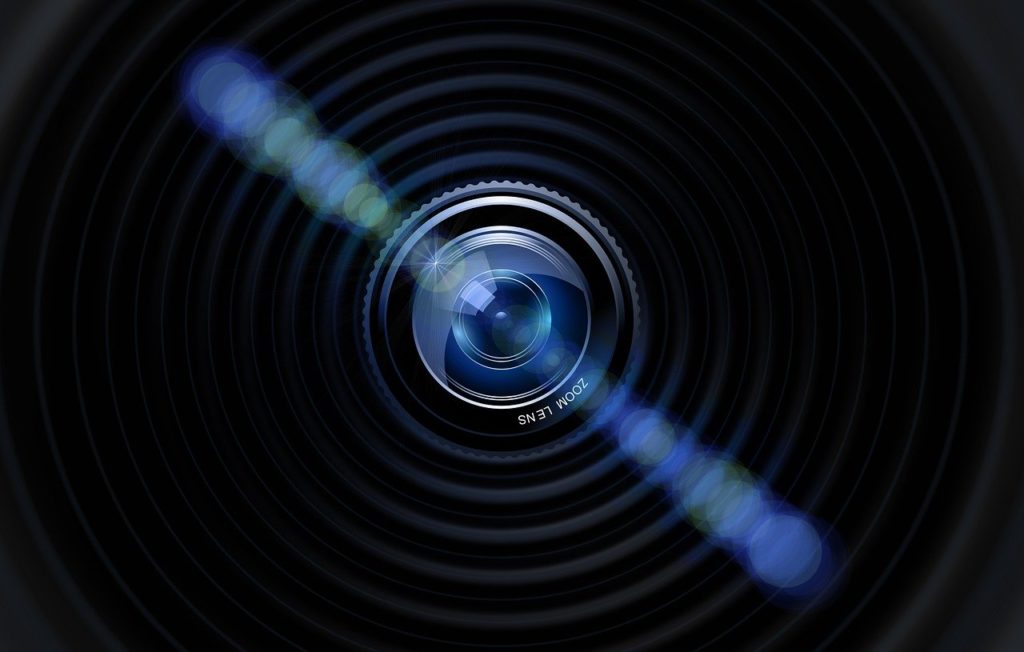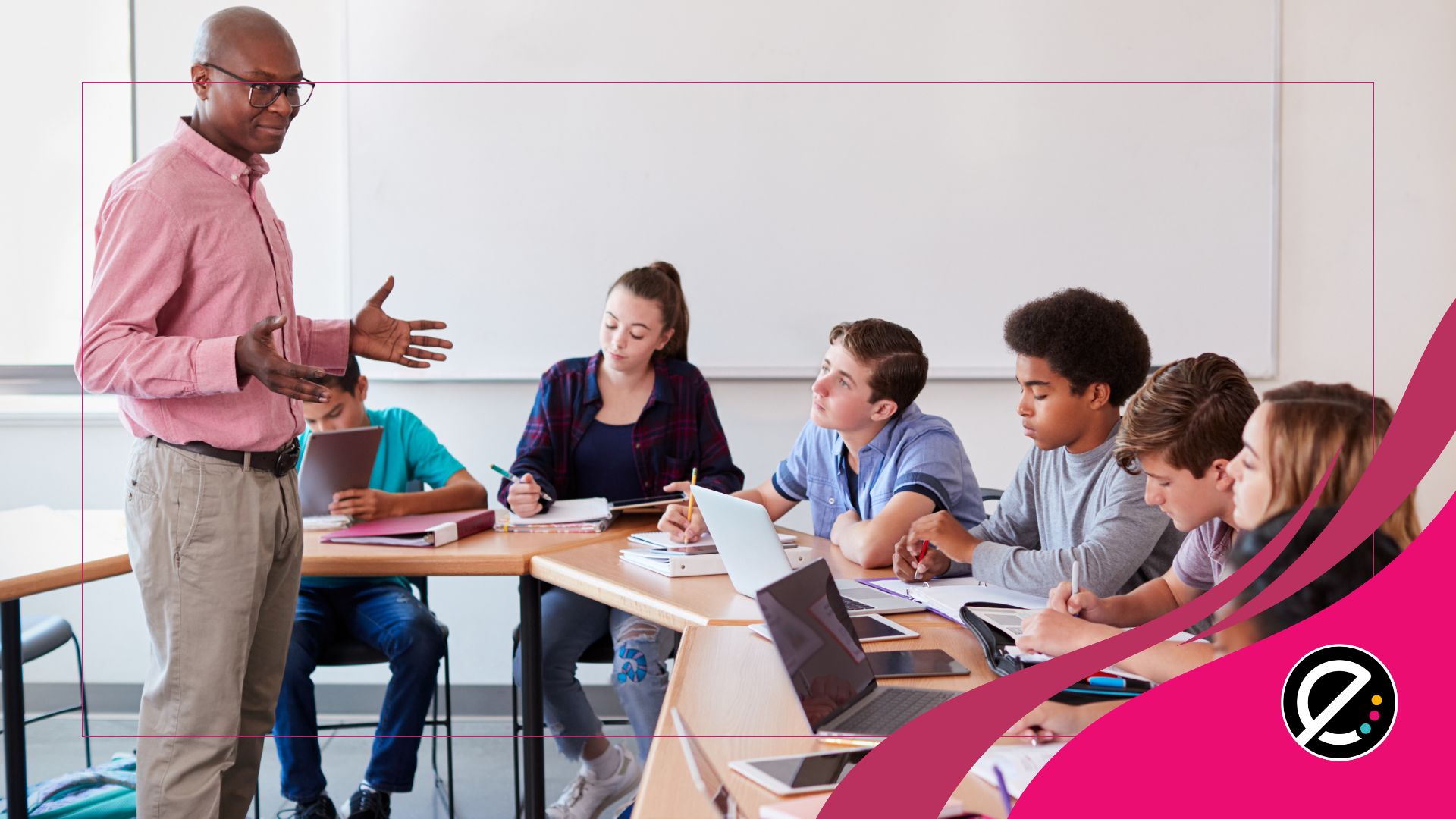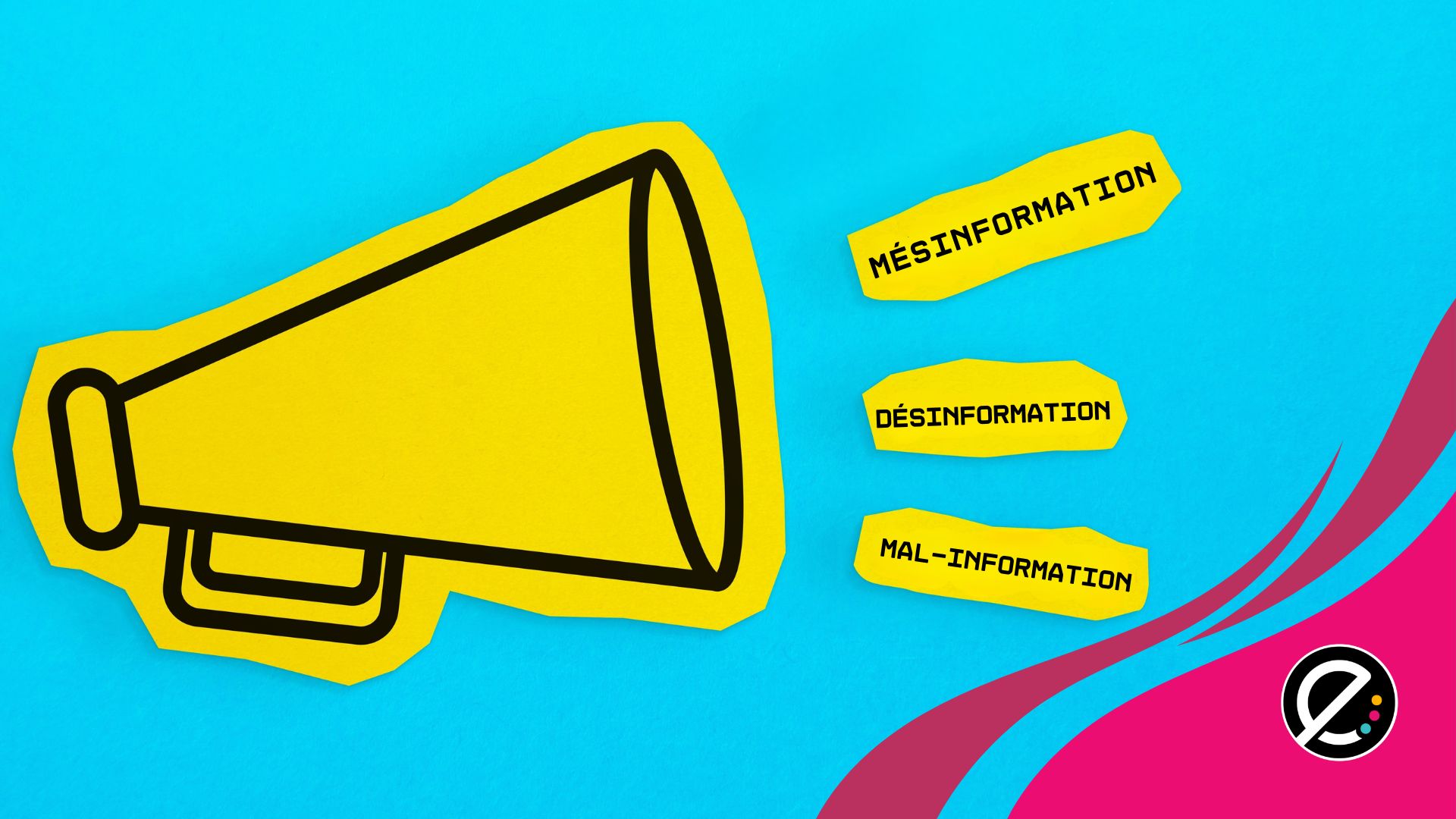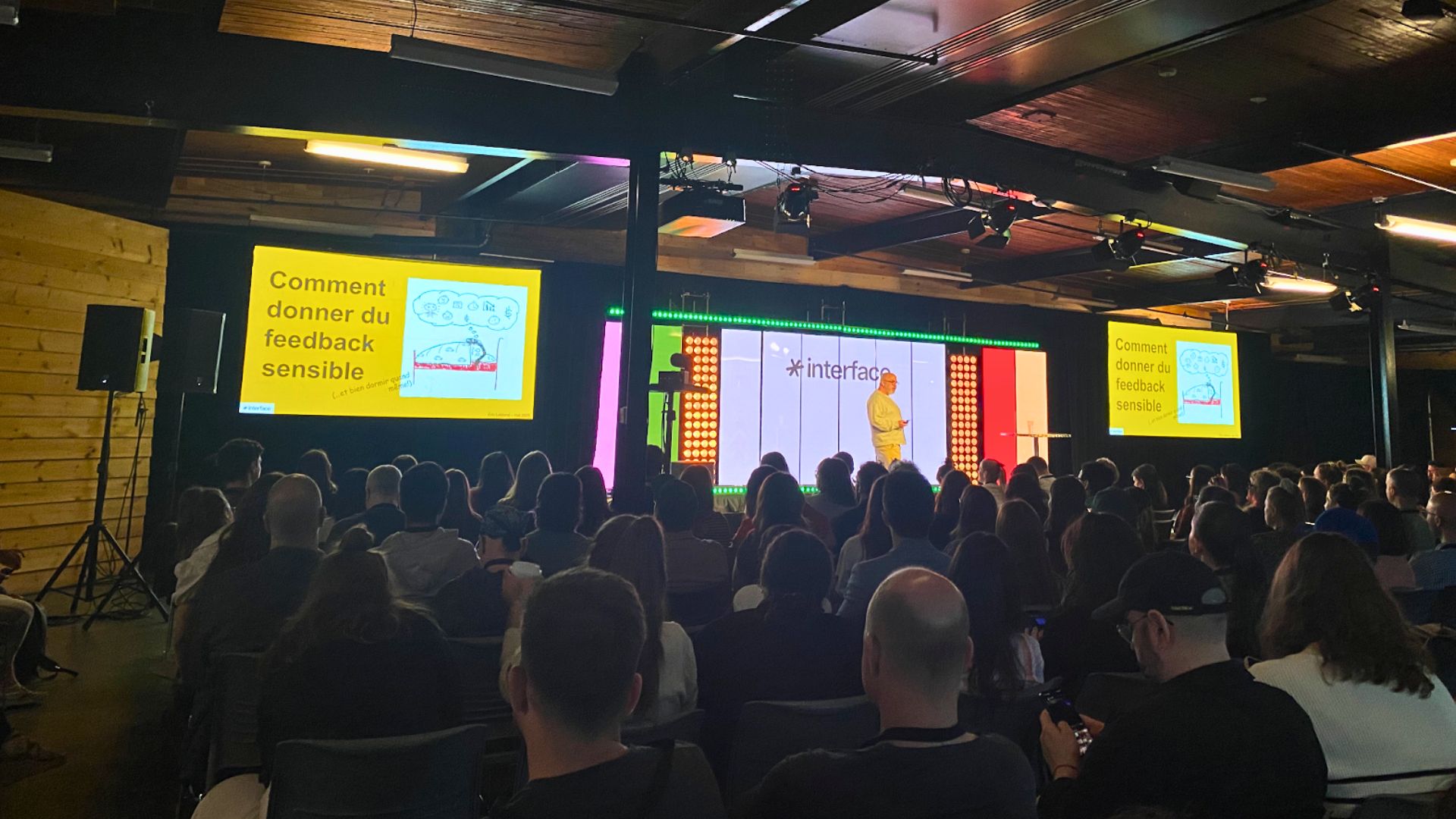Lancée en 2017, l’application Google Lens augmente ses fonctionnalités d’année en année. Lorsqu’on l’installe sur son appareil mobile (comme un cellulaire), l’intelligence artificielle de Google arrive à traduire du texte, identifier ou rechercher de l’information à propos des objets placés sous l’oeil de la caméra. Voici quelques possibilités pédagogiques à explorer avec les élèves.
Identifier
Imaginez une sortie scolaire dans un parc. Sur une feuille, une chenille se fait dorer au soleil, au grand plaisir des élèves. L’un d’entre eux pointe son appareil mobile vers la belle inconnue et lance « Il s’agit d’un futur Vice-roi! ». Google Lens peut en effet, pour autant que l’appareil mobile soit connecté à Internet, identifier une espèce animale ou végétale en 1 seconde. Certains animaux peuvent même être visualisés en réalité augmentée, ce qui rend la classe extérieure d’autant plus intéressante!
Connaître
Un groupe scolaire participe à un rallye historique dans le Vieux-Québec. Devant l’église Notre-Dame-des-Victoires, des élèves pointent un téléphone ou une tablette sur la façade de l’édifice afin de connaître son nom, son histoire et possiblement d’autres informations pertinentes sur son quartier. Cette fonctionnalité permet de repousser les limites des sorties scolaires, rallyes, chasses au trésor et autres jeux d’évasion pédagogiques « grandeur nature ».
Traduire
Toujours à l’aide de la caméra, Lens peut traduire un menu, un panneau indicateur ou un texte écrit dans une langue étrangère. L’application fait également la lecture de texte en audio (idéal pour travailler la prononciation). Il est même possible d’obtenir la définition d’un mot ou de l’information sur un concept simplement en touchant l’écran, très utile en classe de langue seconde ou en situation d’immersion. Cette fonctionnalité est disponible hors ligne en téléchargeant les langues souhaitées.
Copier
À distance, un élève voudrait copier du texte présenté en partage d’écran pour un travail? Un autre n’a pas eu le temps de prendre en note vos indications au tableau? À la manière d’un numériseur, Lens reconnaît le texte (oui, même manuscrit!) et le copie dans un Google Document.
Autres outils
Google Lens peut effectuer des tâches plus communes comme lire les codes QR et autres codes barres.
Annoncé au printemps dernier, un ajout « Homework » pourra bientôt résoudre des problèmes mathématiques, non seulement en donnant la réponse, mais également en produisant toutes les étapes de la démarche.
La réalité augmentée permettra également de soutenir l’apprentissage de concepts scientifiques, par exemple, en visualisant la configuration de molécules en 3D lorsque la formule chimique est numérisée au préalable. Dans le contexte d’enseignement à distance, cette option pourrait aider des élèves qui ont accès à peu de soutien.
Comme on l’a vu, le potentiel pédagogique de Google Lens, que ce soit pour faire de nouveaux apprentissages ou pour soutenir les élèves en difficulté, gagne vraiment à être exploité.














